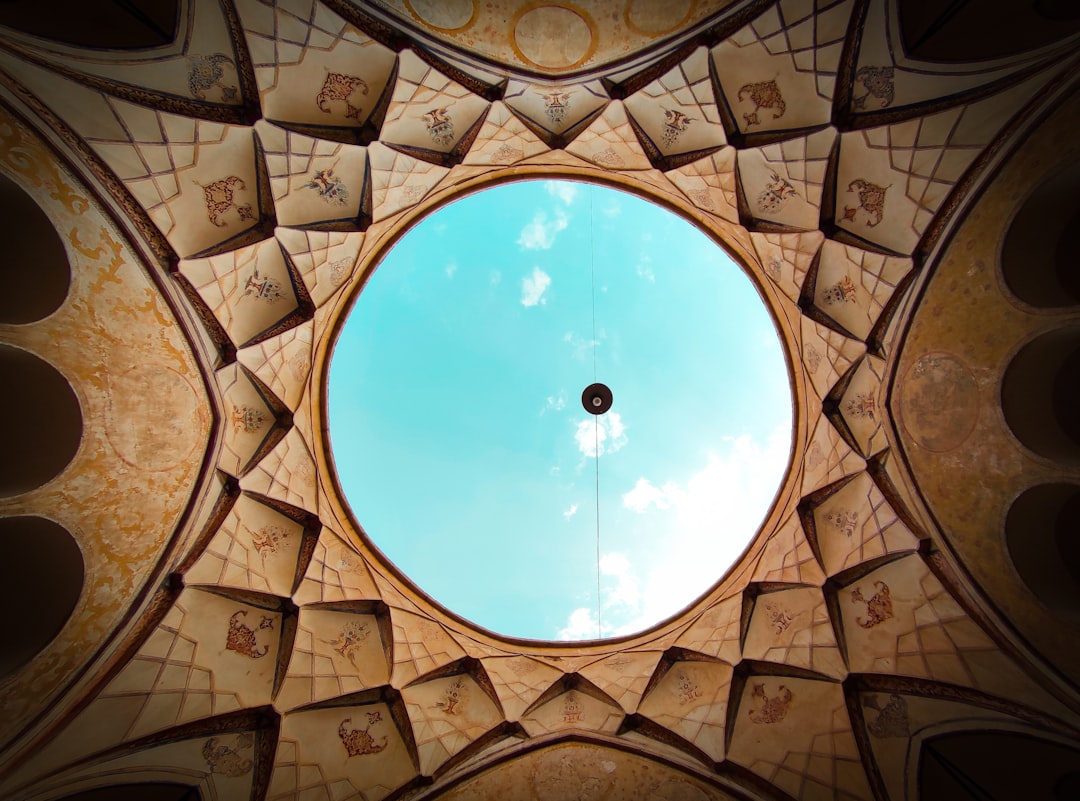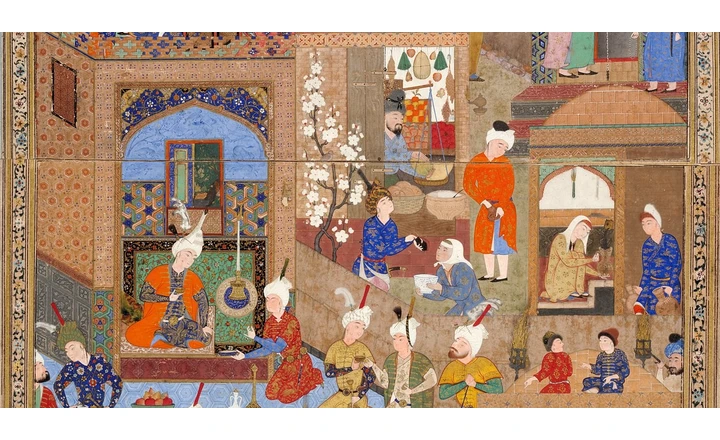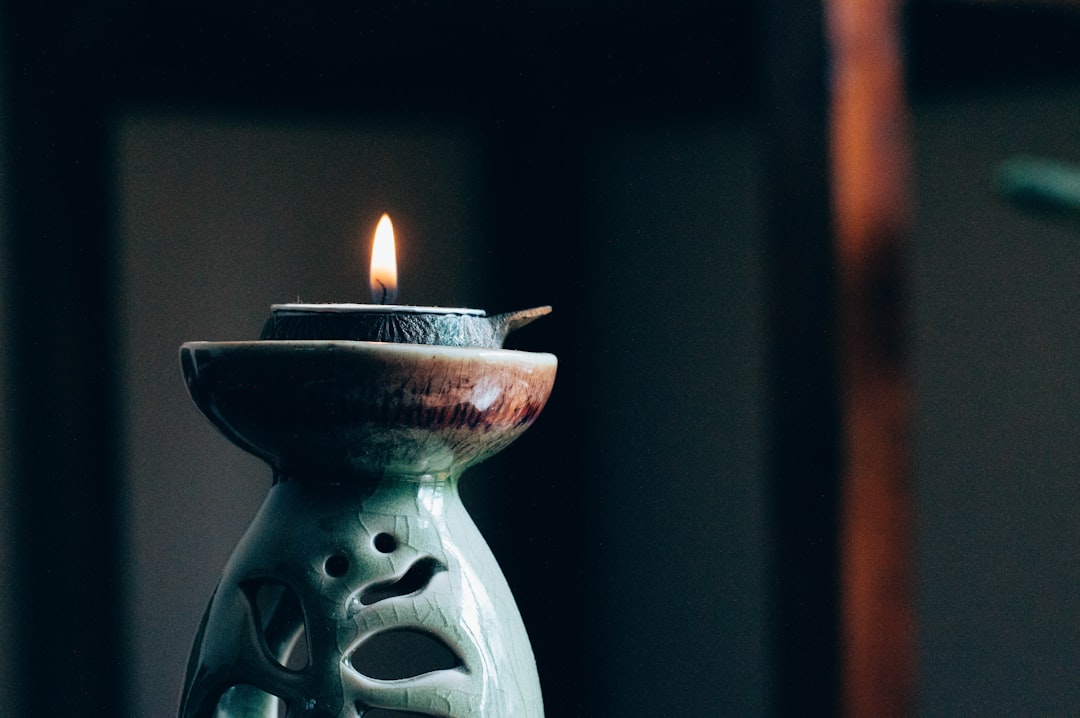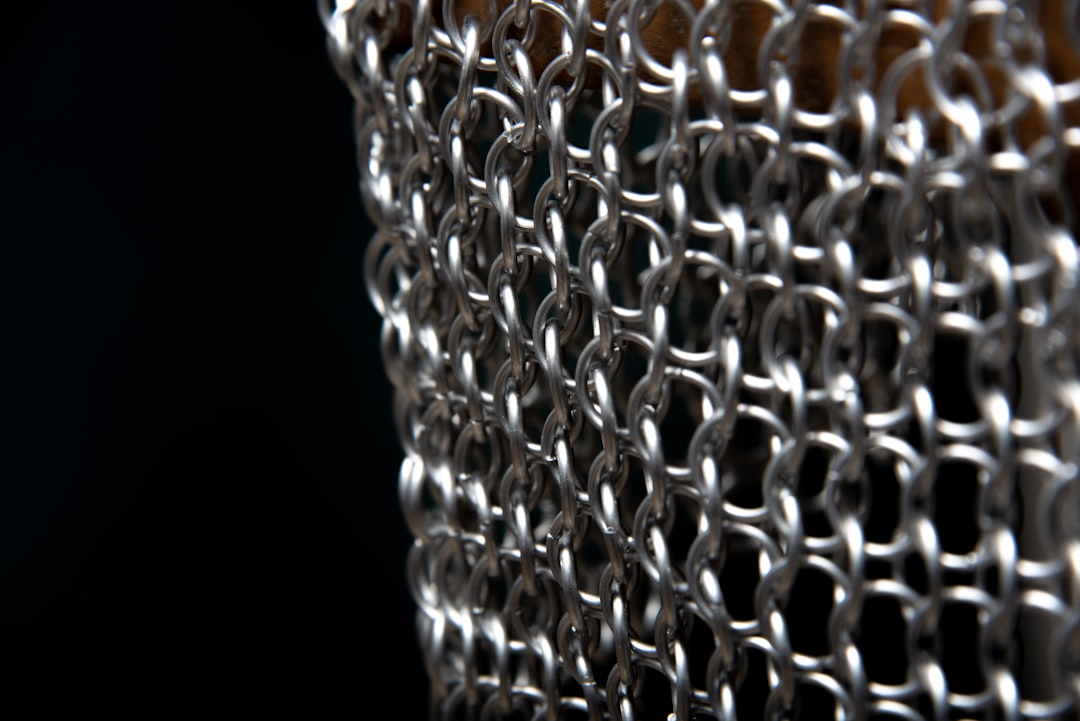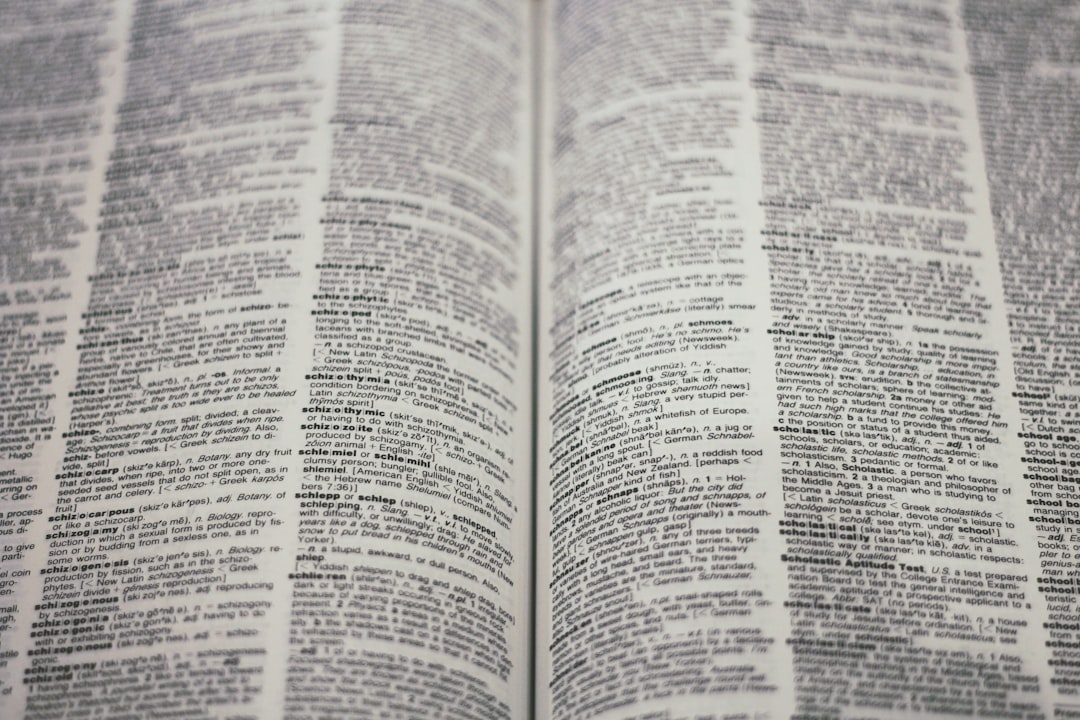Continuing the Journey: Resources for Exploring Persian Literature Further (in English)
If you've dipped your toes into the rich world of Persian literature—whether through the lyrical ghazals of Hafez, the spiritual ecstasy of Rumi, or the philosophical musings of Khayyam—you may be wondering where to go next. Fortunately, the treasure trove of Persian literary heritage has increasingly become accessible in English, …
What Makes Persian Literature Unique? Defining Characteristics
Persian literature stands as one of the oldest and richest literary traditions in the world, with a history spanning over a millennium. Known for its profound philosophical depth, intricate poetic forms, and complex symbols, Persian literature has influenced not only the Persian-speaking world but also regions as far as Central …
The Role of Humor in Persian Literature: Wit, Satire, and Storytelling
Persian literature is renowned for its profound philosophical insights, exquisite lyricism, and mystical depth, but it is also home to a rich tradition of humor that has shaped storytelling for centuries. Humor in Persian literature isn't just about laughter—it serves as a powerful tool for social commentary, wit, and subversion …
Contemporary Iranian Voices: Key Authors Writing Today (Available in English)
Persian literature has long been celebrated for its lyrical beauty, philosophical depth, and spiritual richness. But while classical poets like Rumi, Hafez, and Ferdowsi continue to enchant readers worldwide, contemporary Iranian authors are redefining the literary landscape—often in bold, urgent, and deeply personal ways.
In recent decades, modern Iranian …
Words Made Visible: How Persian Literature Inspired Miniature Painting
For centuries, Persian literature has dazzled the world with its lyrical depth, spiritual symbolism, and storytelling brilliance. But Persian culture didn’t stop at telling stories—it found ways to paint them. Nowhere is this synthesis of word and image more striking than in the art of Persian miniature painting.
These …
Universal Mysticism: Comparing Sufi Themes with Other Spiritual Traditions
Throughout history, mystics from various spiritual traditions have explored a common inner terrain—seeking union with the Divine, transcending the ego, and expressing ineffable truths through poetry, metaphor, and paradox. Among these, Sufism, the mystical dimension of Islam, stands out for its rich poetic legacy and profound spiritual insights. But …
Epic Heroes Compared: Rostam, Achilles, and Arjuna
Across cultures and centuries, epic poetry has preserved the larger-than-life figures who embody the ideals, conflicts, and spiritual yearnings of their civilizations. In Iran, Greece, and India, three such heroes stand out: Rostam of Ferdowsi’s Shahnameh, Achilles of Homer’s Iliad, and Arjuna of Vyasa’s Mahabharata. Though separated …
Lost in Translation? The Challenges and Triumphs of Translating Persian Poetry
Persian poetry, with its lush metaphors, intricate rhyme schemes, and layered meanings, is one of the world’s richest literary traditions. From the mystic ecstasies of Rumi to the bittersweet ironies of Hafez, from Ferdowsi’s epic grandeur to Khayyam’s philosophical quatrains, Persian verse has captivated audiences for over a millennium.
But …


